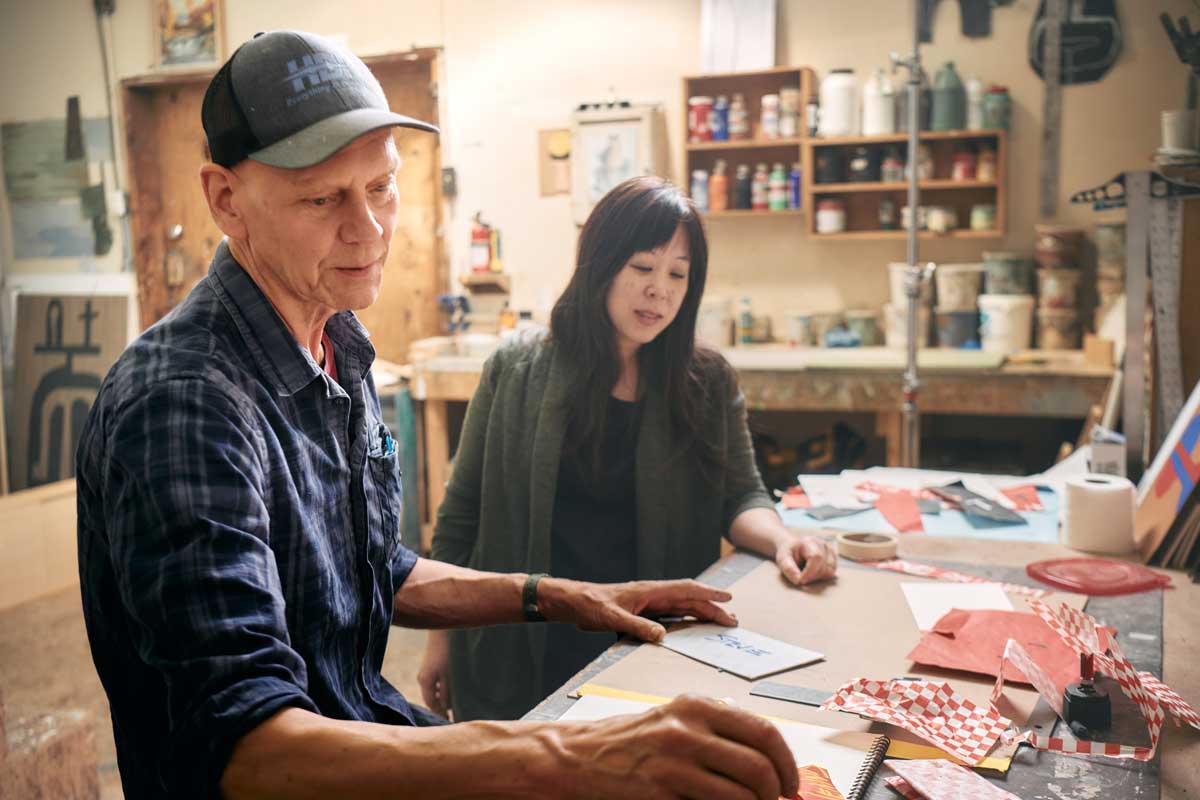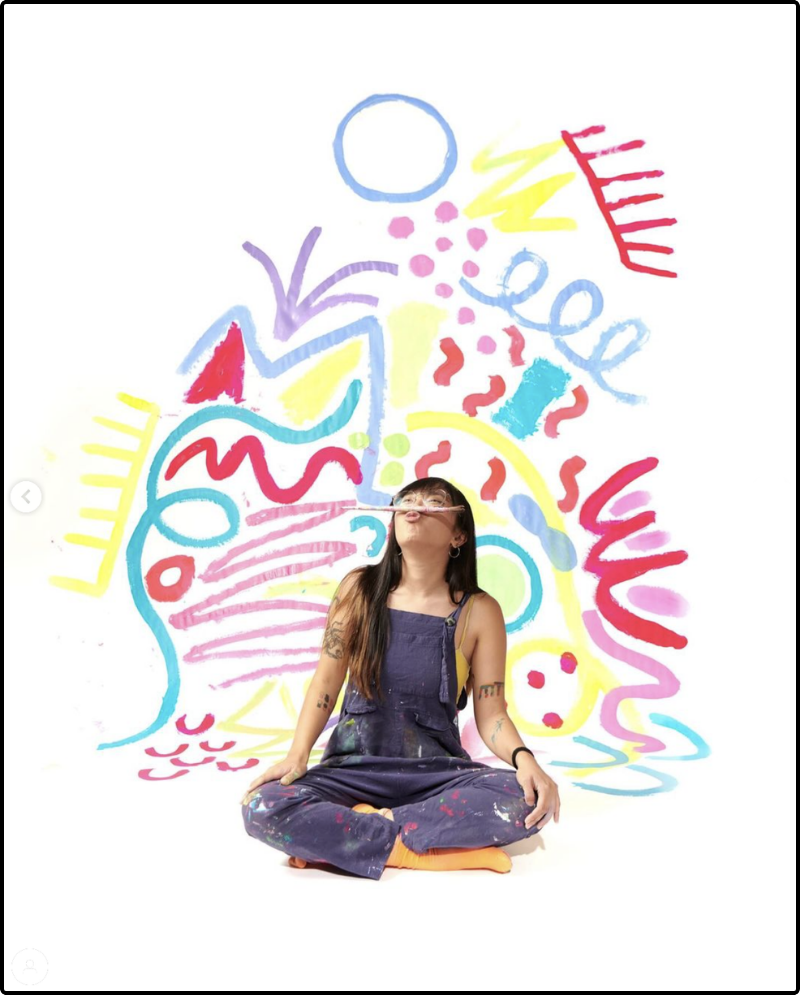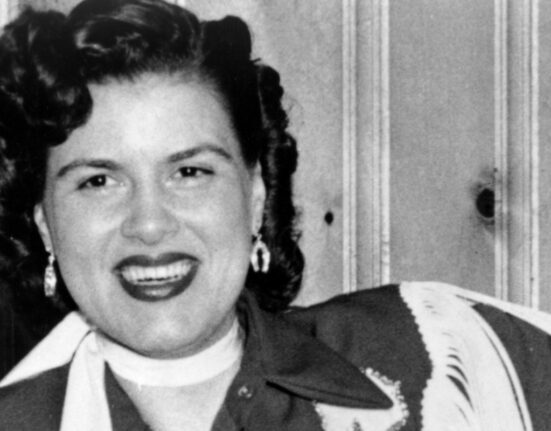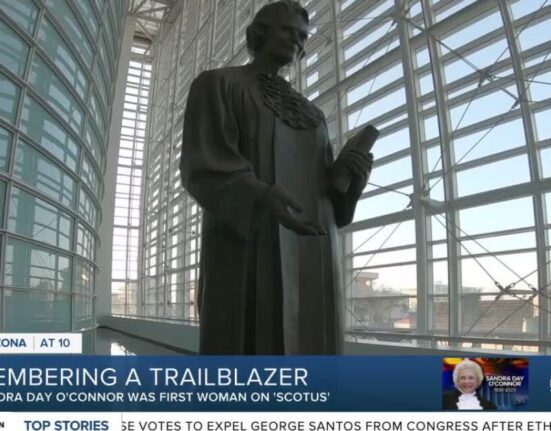- Seattle artist Nikita Ares (@kita.licious on Instagram)
- Puyallup-based artist Rodney King (@_kingpsen on Instagram)
Park grew up in Edmonds and studied political science at UW. Though he went toward a major more associated with the social sciences, Park grew up in a deeply creative family. His immigrant father was an avid photographer and his camera shop in Seoul was a side business to his government job. After coming to the U.S., Park’s family opened a shoe repair shop in Lake City. He remembers a beautiful Pentax K1000 camera that his father displayed next to the cash register. Park’s mother was an artist and played guitar, piano, harmonica and sang before falling ill with brain tumor when Park was a young child. Having creative parents inspired Park to explore the arts. While in kindergarten, he won a youth submission award from the Edmonds Arts Festival with a drawing that he made for his mother during her illness. “She told me she recovered because of the drawing,” says Park. The experience empowered the young artist and shaped his conviction that art has the power to heal.
At the UW, Park worked as an events manager for ASUW. He hosted acts like Death Cab for Cutie, Aimee Mann and “Politically Incorrect” with Bill Maher. During his college years, Park formed the band Lodi with three other UW students. Through these experiences, he gained skills in website and graphic design that allowed him to navigate the world of music and events promotion. At its peak, Park’s band opened for national acts like the Presidents of the United States of America and Collective Soul.
Park picked up photography while traveling abroad in his late twenties. His studies in political science shaped his interest in seeing the world from a variety of perspectives. “I found that when I traveled with a camera, it helped me connect with others,” says Park. “I started out making portraits of friends, using them to learn lighting, composition and posing.”

Whiting Tennis and author Shin Yu Pai were photographed by Sung Park for a June 2024 UW Magazine piece about Tennis’ art.
He made the transition to full-time photography after moving to New York about ten years ago. “I’d had enough of the stress and long hours working in the cut-throat advertising world, and decided to finally invest in myself,” says Park. To help himself along this creative path, he reached out to artists and designers that he’d worked with in advertising and found mentors like Rod Mar, ’86, a photographer for the Seattle Seahawks.
Park returned to Seattle in 2018 to help care for his aging parents. He fell into a depression that was intensified by the isolation of the pandemic. But he continued taking photos and making artful images. “I was starved for connection, and photography helped me connect with people at a deeper level,” says Park. “Photography has shown me that everyone has a unique story and world within them. I fall in love a little bit with everyone I photograph because I know that the best way to take a great portrait of someone is to find their beauty.”
Sung’s photographic practice centers on compassion, curiosity and connection. He applied this approach to recently photographing Whiting Tennis, ’84, for the June 2024 issue of UW Magazine. This same outlook drove his new award-winning “Artists at Work” series. “I was learning about abstraction in art,” says Park. “And I thought that the best way to learn about abstraction was by discussing it with people who’d studied the arts.” The resulting series features portraits of painters, dancers and other artists photographed while making art in studio environments.
Park’s recent accolades include an honorable mention in the 2023 International Photo Awards and a spot on the shortlist for the Communication Arts Award alongside notables like Annie Leibovitz and Art Streiber. Later this winter, Fogue Gallery in Georgetown will feature Park’s work in a solo exhibition.









